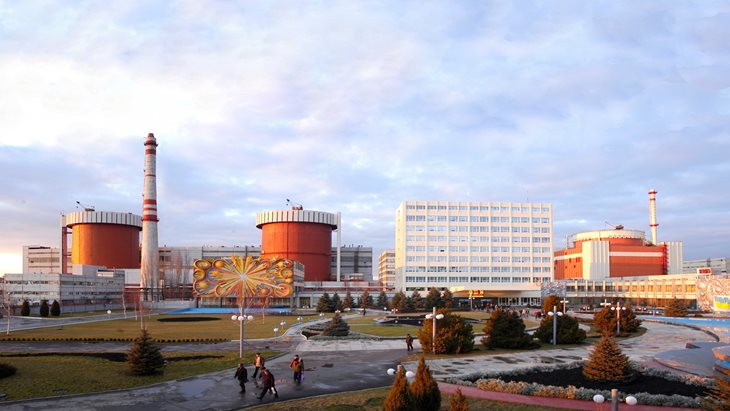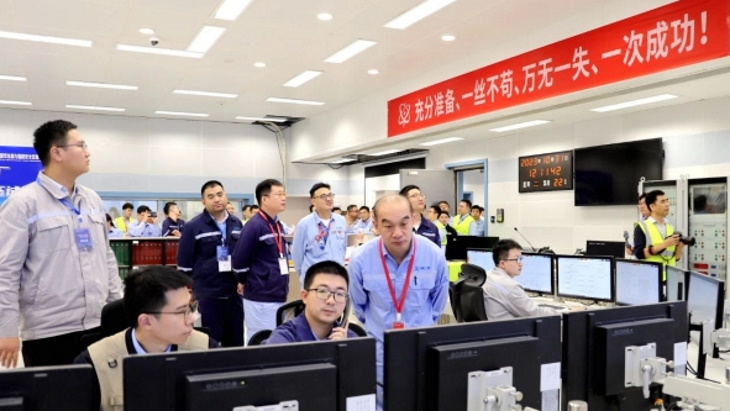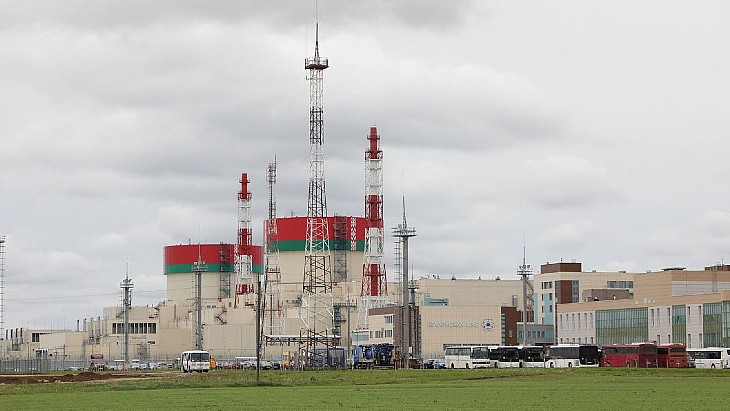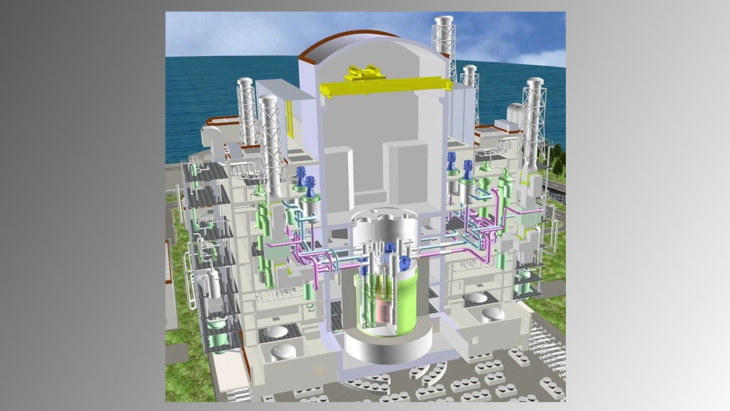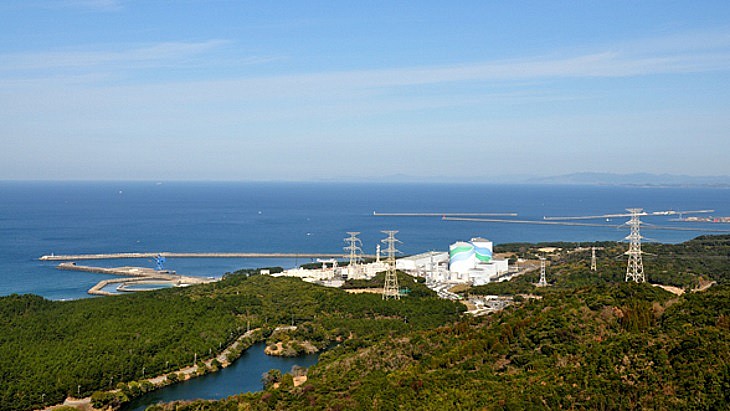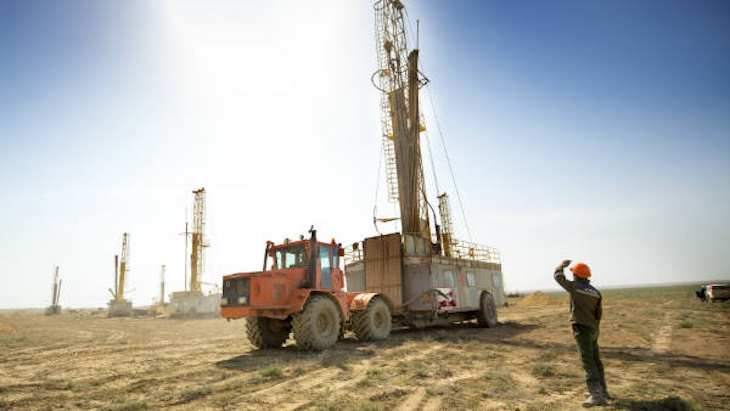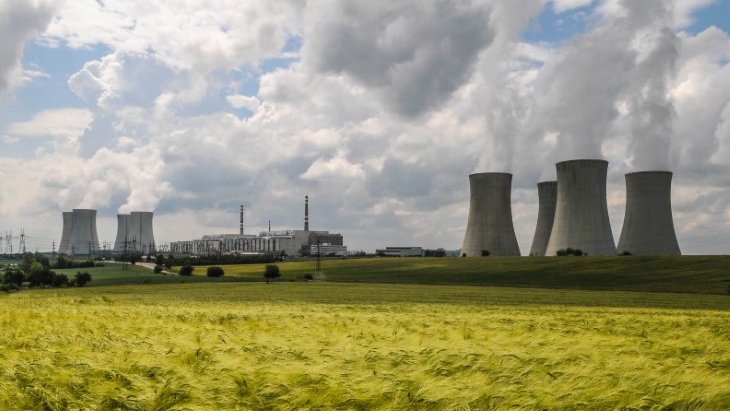Source: https://www.world-nuclear-news.org/Articles/Czech
Plans for small modular reactors (SMRs) in the Czech Republic are to be included in State Energy Policy and Spatial Development Policy of the Czech Republic after a minister-led working group examining their potential outlined numerous potential sites and called for the start of construction in the first half of the 2030s.
Jozef Síkela, Czech Minister of Industry and Trade, speaking the day after final bids were received for the construction of a new unit at the Dukovany nuclear plant, said: "Small and medium-sized reactors will be a great addition to the modern power system of the Czech Republic, both in terms of electricity and heat generation. Our vision is for SMRs to complement large nuclear units from 2030s-40s onwards. In this way, we will capitalise on the unique know-how of our nuclear industry. The approved roadmap will provide investors with a certainty, so that they can prepare sites and subsequently make investment decisions.
"This will give Czech companies the opportunity to participate in supply chains of Czech and foreign projects in the future, to look for partners abroad and play an important role in the development of this promising field."
The government approved the working group's Czech SMR Roadmap - Applicability and Contribution to the Economy document, which sets out the framework for SMRs' potential in the Czech Republic and suggests sites, possible investor models and legislative changes. The roadmap also includes information on the various design options, with the ministry's statement noting that among those interested in cooperating with Czech companies were Rolls-Royce SMR and GE Hitachi, whose designs were said to be the "most advanced in the development of a functional SMR".
It considers the progress of Czech SMR projects but suggests they are at a "very early stage of development", and suggests the government continues to back them through other programmes designed to support research and development rather than as the initial wave of SMRs. However, the report does raise the question of to what extent "foreign designs will be available if the high demand indicated by for instance neighbouring Poland materialises (sources hint at plans for 79 reactors from GE Hitachi, up to 8 GW from Rolls-Royce SMR and others)".
In terms of potential sites, the Roadmap includes 45 in total - the existing nuclear power plants Temelin and Dukovany and adds "promising locations include current coal-fired power plants, e.g. Dětmarovice and Tisováplus".
Deputy Industry Minister Petr Třešňák said: "Due to their size and power output, these reactors can be a suitable replacement for coal-fired power plants which are being phased out. Apart from current nuclear sites, which were primarily intended for the construction of classic nuclear reactors, SMRs can be sited on other locations. These need to be identified and prepared in time."
The ministry said of SMRs that "the next five to ten years will be key in terms of their marketability, with corresponding business opportunities" and that, as with other energy projects, will require some form of state aid and the "Czech government advocates for a level playing field for nuclear energy development at the European level, particularly in the area of EU policies and programmes, financing, and market design".

